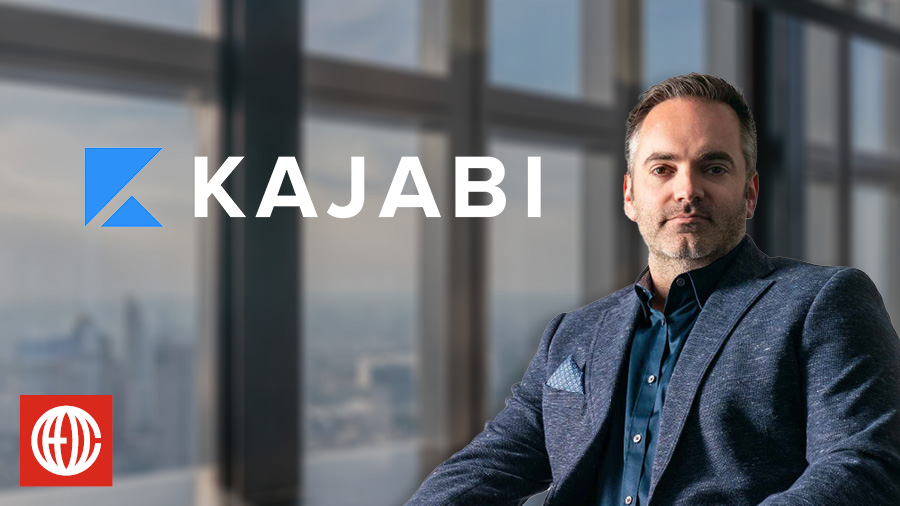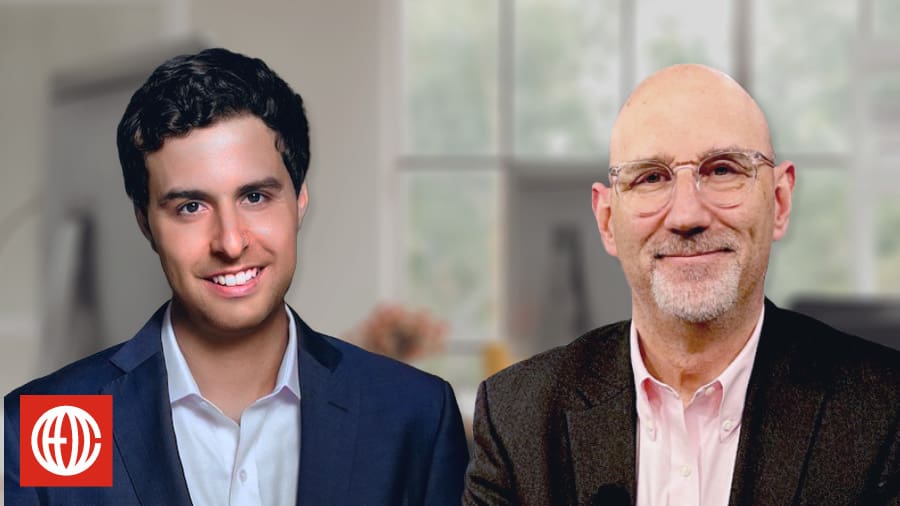
Guest: Jonathan Cronstedt, also known as JCron, is an investor, advisor and author. JCron is a Board Director at Kajabi, a knowledge commerce platform. Prior to Kajabi where he was president from 2016 to 2021, JCron held executive leadership positions for SaaS, mortgage finance, digital publishing, and direct sales. Jonathan has also served as the CEO of Digital Marketer and is currently a Managing Partner with APEX Equity.
Overview: CEOs can win the battle for top talent but still lose the war with their competitors if they don’t have systems in place where A players can thrive.
On today’s show, Jonathan Cronstedt shares some contrarian takes on the relationship between the external and internal purposes of a business and the support that employees need to Make BIG Happen.
Jonathan Cronstedt on his “billion-dollar bullseye” strategy for exponential business growth:
“I want you to envision a dartboard where you can’t help but win because you’re throwing at a bullseye that is a larger surface area than anybody else’s. So the framework as we go through these seven core areas is meant to start with the bullseye. And by nailing each concentric ring, you’re going to increase the size of that bullseye and increase the surface area for luck to be able to find you. So if we start at the very middle and work outward:
- Purpose
- Profit
- Product
- Prestige
- Promotion
- Persuasion
- People
“And most people, when we talk about this framework, ask me, ‘Why would you put your hiring and talent as the last ring you’re going to approach in a business?’ Number one, it’s very hard to be consistent in hiring. But number two, I’ve never met A players that want to come in and fix a business’ dumpster fire. And so my belief is your ability to attract A players is going to be directly proportional to the stage that you put them on and the systems that you encourage them to drive and optimize. So if you’re hiring to be saved, it’s going to be a massive failure. If you’re hiring to amplify, I think it massively changes the talent you appeal to and your ability to retain them.”
Jonathan Cronstedt on internal versus external purpose:
“Whatever your internal driver is, it’s perfectly fine. It’s yours. It doesn’t have to be the thing that you then start shouting from the rooftops, which allows you to then craft the external purpose, which is entirely driven by the transformation you provide your customers. Because the external purpose is not about you. It’s about who you do this for. Giving yourself permission to have whatever internal purpose you want allows you to have the creative desire to establish an external purpose that is extremely resonant and relevant. Once I gave myself permission that my internal driver was okay, I actually found that as I started to achieve elements of my internal purpose, my internal driver started shifting to the external. I found that as I reached levels of success, I became far more excited about the success of our customers. So I think the first step in having a purpose that is resonant, relevant, and exciting is giving yourself permission that you don’t need to try and shoehorn who you are or why you’re personally doing something into some kind of virtue-signaling purpose statement that really has no impact. People feel like they have to create a purpose statement that not only reflects them internally, but them externally. And they’re not able to just choose between the two. That’s why I view internal and external purpose as an extremely important nuance.”
Jonathan Cronstedt on putting systems before people:
“Would you take a top-performing player with average systems or would you take top-performing systems with an average player?
“I would always take the latter because if you give me top-performing systems and an average player, they’re going to perform above average. If you give me top-performing systems with a top player, they’re going to shoot the lights out. If you give me average systems with a top player, that’s a big question mark because now we got to ask, ‘Is that person going to want to fix the systems?’ The answer in my experience is typically no. So I think that the systems-oriented methodology of approaching ‘What are we trying to achieve and how well are we doing it?’ before throwing a body at it is critical. Those systems and the mindset are absolutely critical for businesses today, especially with how expensive talent has gotten. If you’re not building very predictable, very spectacular systems to support those star racehorses that you’re purchasing, they’re not going to run as fast as you want them to.”
Links:
Jonathan Cronstedt on LinkedIn
Jonathan Cronstedt on X (Twitter)
3 Unconventional Ways to Close the Talent Gap and Groom Top Talent – Three ideas that we’ve seen some of our most successful entrepreneur coaching clients use to recruit and retain the people they need to Make BIG Happen.
How TaskUs Used a “System Builder” Approach to Drive Nearly $1 Billion in Sales – CEO Coaching International client Jarrod Johnson discusses TaskUs’ remarkable growth, including how they recruit and train top talent, align sales to goals and best practices, and promote a culture of positivity.
About CEO Coaching International
CEO Coaching International works with CEOs and their leadership teams to achieve extraordinary results quarter after quarter, year after year. Known globally for its success in coaching growth-focused entrepreneurs to meaningful exits, the firm has coached more than 1,500+ CEOs and entrepreneurs across 100+ industries and 60 countries. Its coaches—former CEOs, presidents, and executives—have led businesses ranging from startups to over $10 billion, driving double-digit sales and profit growth, many culminating in eight, nine, or ten-figure exits.
Companies that have worked with CEO Coaching International for two years or more have achieved an average revenue CAGR of 25.9%, nearly 3X the U.S. average, and an average EBITDA CAGR of 39.2%, more than 4X the national benchmark.
Discover how coaching can transform your leadership journey at ceocoachinginternational.com.
Learn more about executive coaching | Meet our world-class coaches







